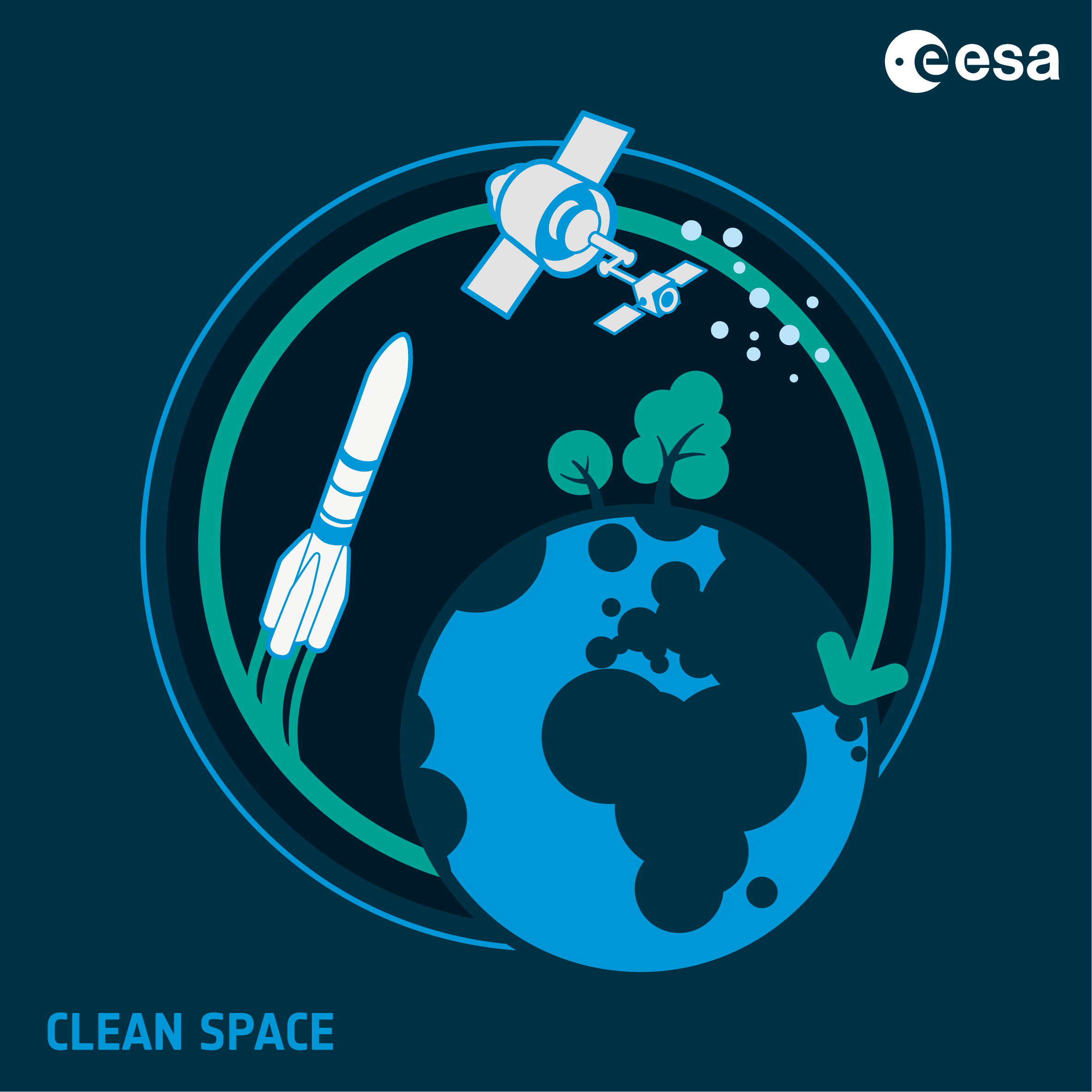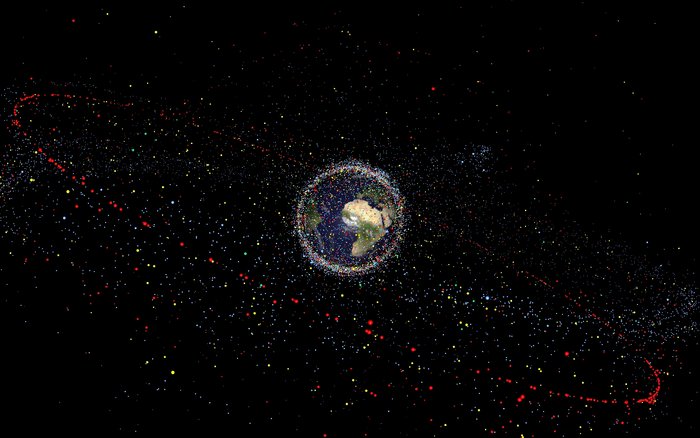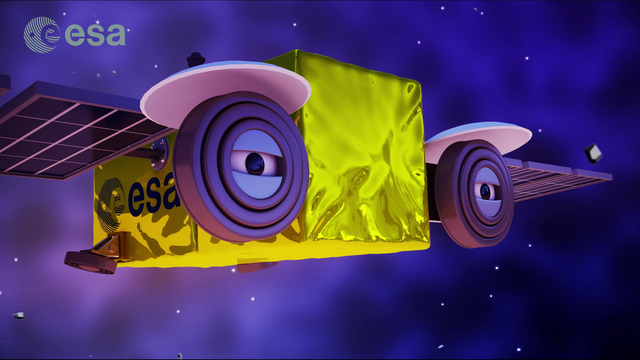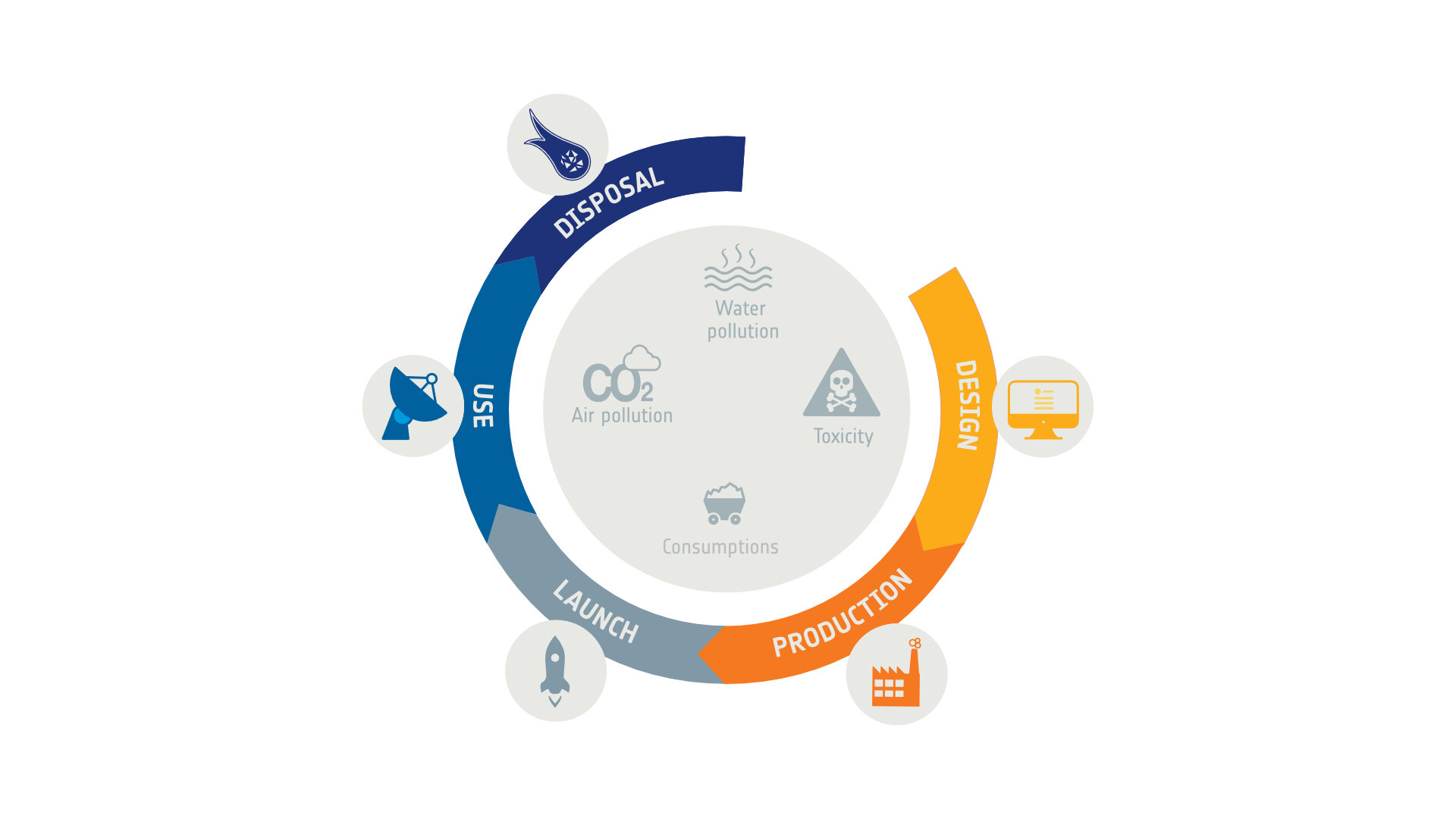During the first half of 2020, ESA Clean Space ran a number of webinars to share the latest exciting developments in its goal to clean-up space.
Here we briefly summarise the take-home messages from the webinars, and share with you the presentations as well as the recordings.
If you have any suggestions for future webinars, leave a comment below. We also welcome suggestions for improvements and all your questions and remarks about the previous webinars.
We hope you enjoy them!
On-Orbit Servicing is on the Horizon
In May, the Clean Space team shared its vision of future missions that will re-fuel, repair and even de-orbit spacecraft, as well as new technology developments and safe, ‘close-proximity’ operations.
Andrew Wolahan, Clean Space system engineer, presented the ADRIOS project. The project adopted at the end of 2019 during ESA’s Ministerial Council is part of the Space Safety programme, a new basic pillar of ESA activities.
The Council agreed to place a service contract with a commercial provider for the safe removal of an inactive ESA-owned object from low-Earth orbit. The aim is to contribute actively to cleaning up space, while also demonstrating the technologies needed for debris removal.
The battle against space debris is key to the Agency and its Member States. Within ADRIOS, ESA develops technologies to avoid creating new debris and to remove existing debris.
The ClearSpace-1 mission will apply the results of the ADRIOS project, allowing ESA to demonstrate essential technologies for guidance, navigation and control as well as rendezvous and capture methods. This will be a world first.
With the adoption of this new mission, ESA Member States confirm their will to take the global lead in keeping Earth and space safe, and show the way forward to essential new commercial services.
Almost 200 European participants followed this webinar, and its success helped the team decide to pursue its efforts in setting up other webinars.
- Presentation
- Recording: This first webinar was unfortunately not recorded.
Design for Demise
At the end of May, the ESA Clean space team explained the Agency’s overview on ‘Design for Demise’. They shared the rational behind the concept and the techniques of design for demise, the current status of the technology development activities and the future vision.
Design for Demise is an attractive solution to reduce the on-ground casualty risk resulting from the uncontrolled re-entry of a spacecraft. However, it is a recent concept, and so there are still important gaps in our knowledge.
Furthermore understanding how a spacecraft breaks up during re-entry is extremely complex. Indeed, the satellite and its equipment face extreme thermo-mechanical conditions during their reentry.
To reduce the risks posed by satellites re-entering the atmosphere, international guidelines and standards have defined a maximum acceptable risk for uncontrolled re-entering objects.
EcoDesign at ESA
At the end of June, the team ran another webinar, this time on ESA’s approach to implementing the EcoDesign framework in space missions.
Experts presented the rationale behind EcoDesign for Space and the ESA Life Cycle Assessment (LCA) handbook and database.
Clean Space aims to turn environmental challenges into opportunities for the European space sector, providing innovative solutions for tackling these challenges both on earth and in space. ESA is pioneering Eco-Design activities for the space sector by looking at the environmental impacts of its missions and fostering the adoption of greener technologies to mitigate them.
To better understand the environmental impacts of the space sector, ESA has successfully applied the ‘Life Cycle Assessment’ over the whole life cycle of space projects, from resource extraction through manufacture and use to end-of-life, covering all segments of a space mission: spacecraft, launcher and ground segment related activities.
ESA has established a space-specific LCA database and LCA handbook which enables European industry to have a ‘first mover’ advantage in providing technical solutions to environmental legislation. If you are interested in reading the LCA handbook, don’t hesitate to reach out cleanspace@esa.int. (Please note that the handbook can be distributed only to citizens of the ESA Member States.)
How do artists and teachers inspire solutions for space debris?
For the last webinar in the first semester, ESA Clean Space invited artist Daan Roosegaarde from Studio Roosegaarde, freelance illustrators Marianne Tricot and Sacha Berna, and Elsa Alfonso Sanchez of ESA’s Education office to discuss art and education as inspiration for space debris solutions.
The artists created art works with the ESA Clean Space team such as the Space Waste Lab, the CleanSat story and the ‘For a Clean Space’ interactive comic, while Elsa is leading the development of lectures for children and students.
Together they presented their visions of how to share technological messages through art and education.





Discussion: one comment
Very good blog, and very good effort sustained for several years. Congratulations.